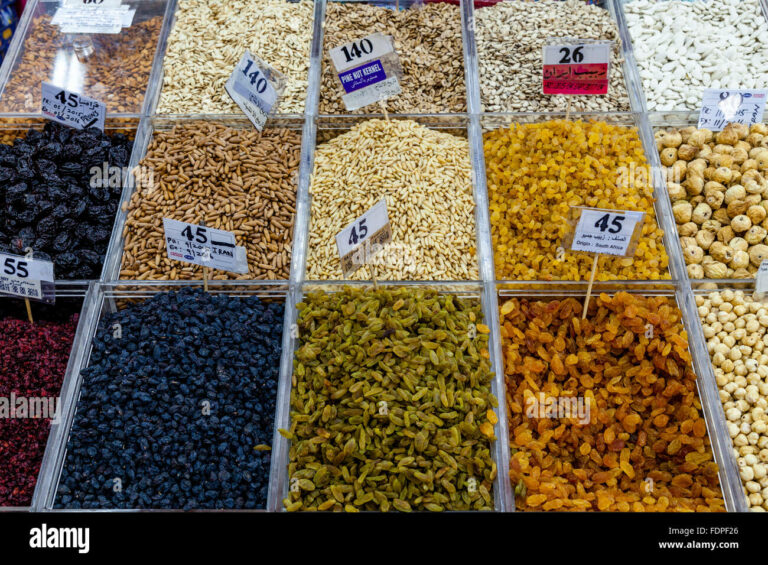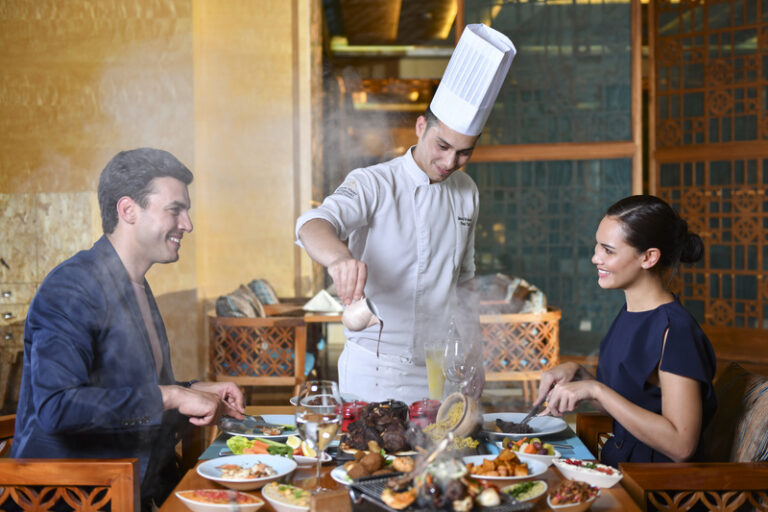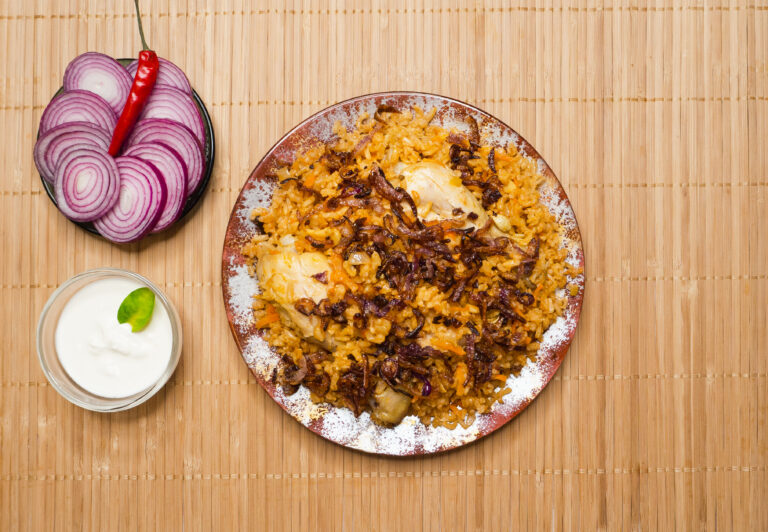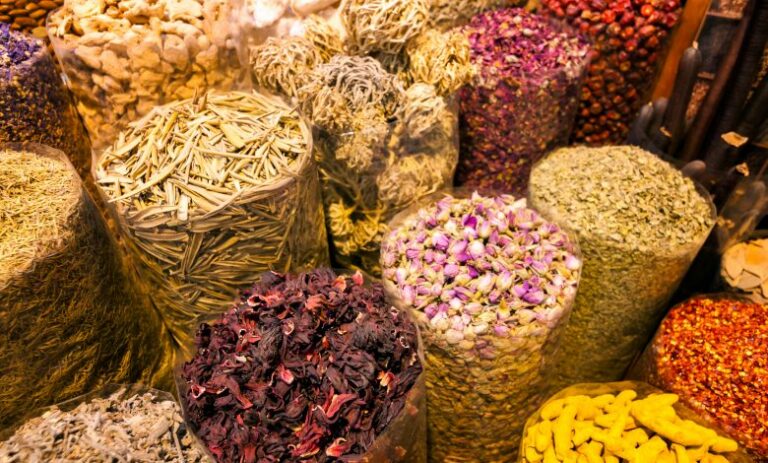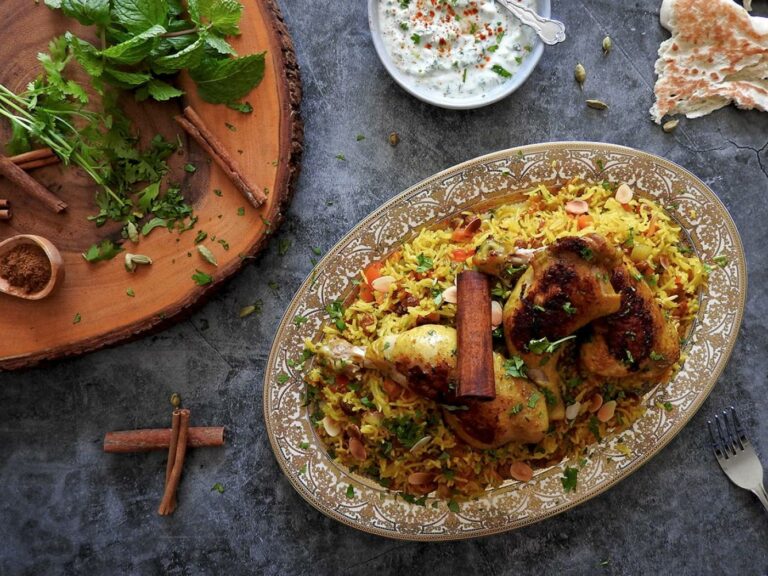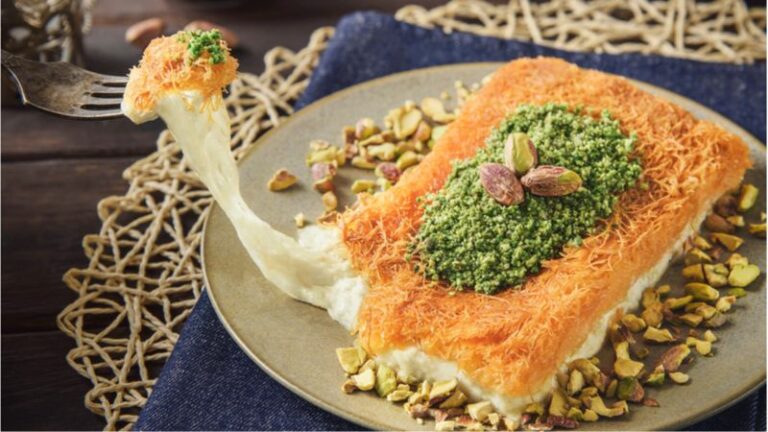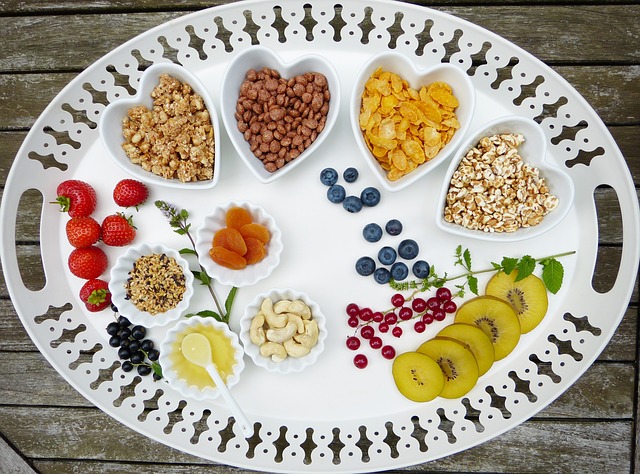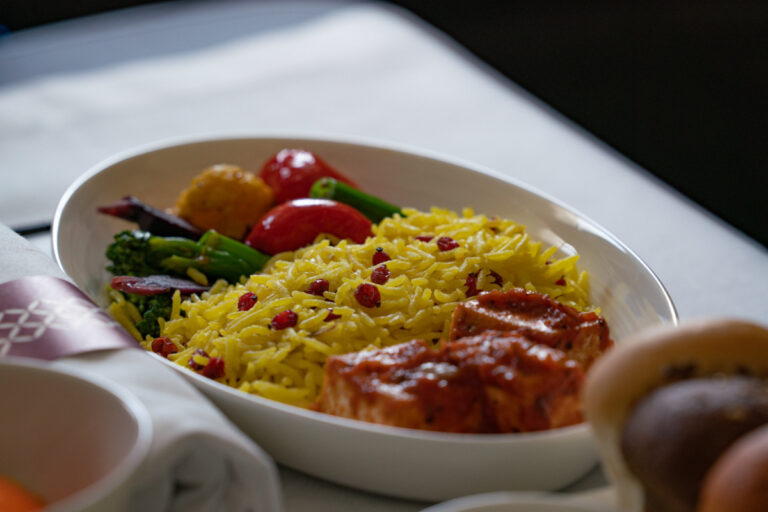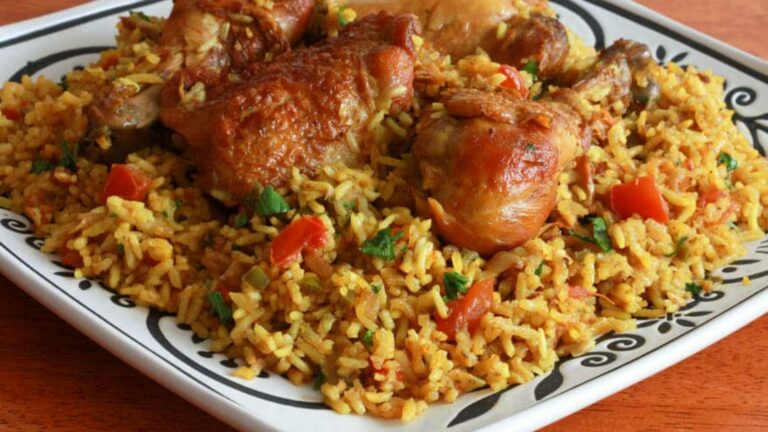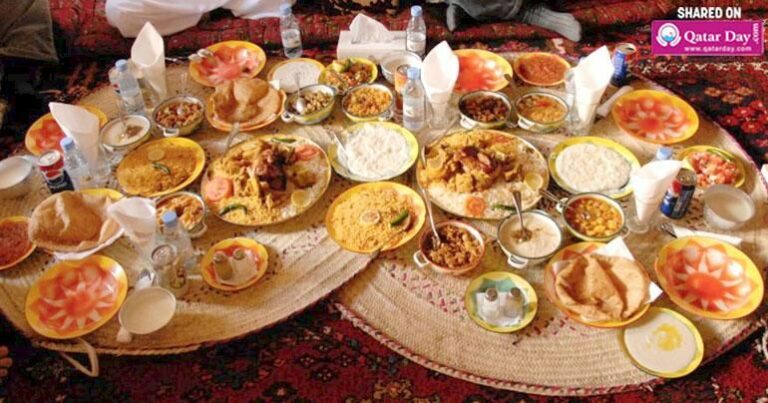Introduction: Exploring Qatari Cuisine
Qatar is a melting pot of cultures, and its cuisine is a reflection of that diversity. The country’s culinary heritage is deeply rooted in Bedouin traditions, and it has also been influenced by Indian, Iranian, and Levantine cuisine. Qatari cuisine is characterized by its rich flavors, aromatic spices, and a variety of meats, fish, and vegetables. The country’s cuisine has been gaining popularity among food enthusiasts worldwide, and Qatari snacks are a perfect introduction to this delicious cuisine.
Understanding Qatari Snacks
Snacks are an essential part of daily life in Qatar, and they are enjoyed as a quick bite between meals or as a light meal in themselves. Qatari snacks are typically small in size, easy to prepare, and bursting with flavors. They are often made using simple ingredients, such as dates, nuts, and spices, and reflect the Bedouin heritage of the country. Qatari snacks are perfect for those looking for a healthy and satisfying snack option.
Traditional Qatari Snacks: What to Expect
Traditional Qatari snacks are a blend of sweet and savory flavors, and they are often served with a hot cup of tea or coffee. Some of the most popular Qatari snacks include machboos balls, balaleet, thareed, chickpea salad, and sweet samosas. These snacks are made using traditional ingredients such as dates, cardamom, saffron, rosewater, and nutmeg. Qatari snacks are not only tasty but also rich in nutrients, making them a perfect snack option.
Top 5 Must-Try Qatari Snacks
- Machboos Balls: These small, rice-based balls are flavored with a blend of spices and served with yogurt or tomato sauce.
- Balaleet: This sweet vermicelli dish is flavored with rosewater and saffron and topped with fried eggs and nuts.
- Thareed: A traditional Qatari bread pudding made with thin slices of bread, meat, and vegetables.
- Chickpea Salad: A light and refreshing salad made with chickpeas, onions, tomatoes, and fresh herbs.
- Sweet Samosas: A delicious snack made with a sweet filling of dates and nuts and flavored with cardamom and nutmeg.
Snack Time: Where to Find Qatari Delights
Qatari snacks can be found in traditional restaurants, cafes, and street food vendors across the country. Some of the best places to try Qatari snacks are Souq Waqif, Al Jasra Cultural and Social Club, and Katara Cultural Village. These places offer an authentic Qatari experience and serve some of the best traditional snacks in the country.
Conclusion: Enjoying Qatari Snacks
Qatari snacks are a delicious and healthy way to explore the country’s rich culinary heritage. From sweet to savory, traditional Qatari snacks offer a range of flavors and taste experiences. As you explore the country, make sure to try some of these snacks and enjoy the unique flavors and aromas of Qatar.

